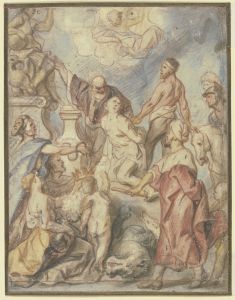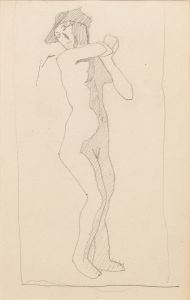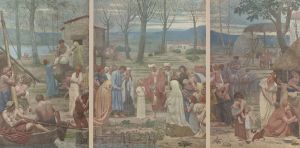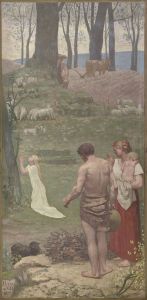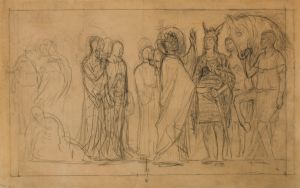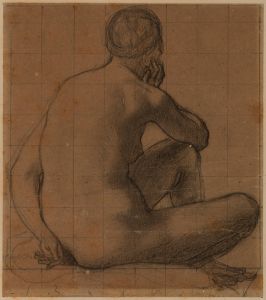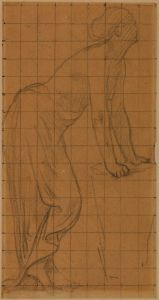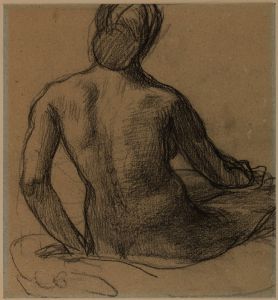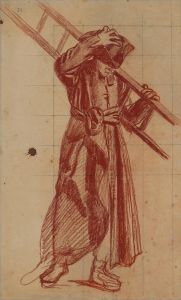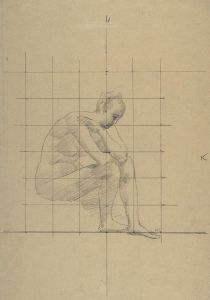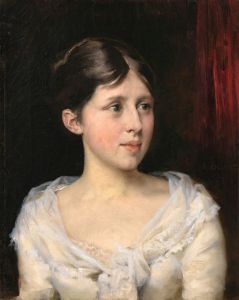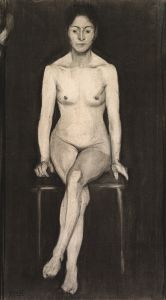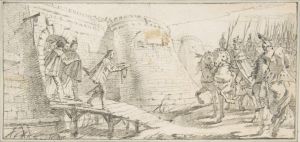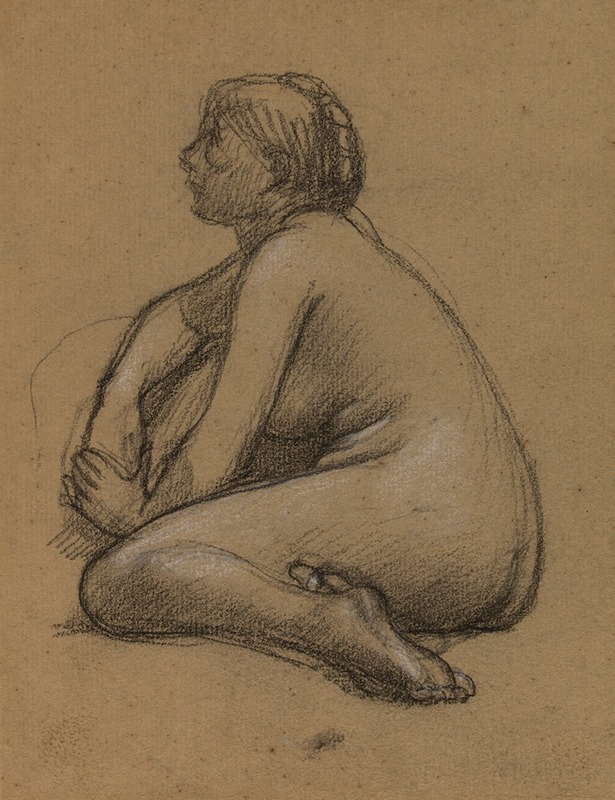
Femme nue accroupie
A hand-painted replica of Pierre Puvis de Chavannes’s masterpiece Femme nue accroupie, meticulously crafted by professional artists to capture the true essence of the original. Each piece is created with museum-quality canvas and rare mineral pigments, carefully painted by experienced artists with delicate brushstrokes and rich, layered colors to perfectly recreate the texture of the original artwork. Unlike machine-printed reproductions, this hand-painted version brings the painting to life, infused with the artist’s emotions and skill in every stroke. Whether for personal collection or home decoration, it instantly elevates the artistic atmosphere of any space.
Pierre Puvis de Chavannes was a notable French painter of the 19th century, renowned for his mural paintings and contributions to the Symbolist movement. One of his works, "Femme nue accroupie" (translated as "Crouching Nude Woman"), exemplifies his unique style and thematic focus. However, specific information about this particular painting is limited, and it is not as widely documented as some of his other works.
Puvis de Chavannes was born on December 14, 1824, in Lyon, France. He initially pursued a career in engineering before turning to art, studying under several prominent artists of the time, including Eugène Delacroix and Thomas Couture. His artistic style was characterized by a preference for muted colors, simplified forms, and a focus on allegorical and symbolic content. He often depicted figures in serene, timeless landscapes, which conveyed a sense of idealized beauty and contemplation.
"Femme nue accroupie" fits within Puvis de Chavannes' broader oeuvre, which frequently explored themes of the human form and its relationship to nature and the divine. His nudes were often portrayed in a manner that emphasized grace and tranquility, aligning with the Symbolist movement's interest in evoking emotion and exploring the metaphysical.
Puvis de Chavannes' work was highly influential during his lifetime and beyond, impacting a range of artists, including the Post-Impressionists and early modernists. His approach to composition and form can be seen in the works of artists such as Paul Gauguin and Georges Seurat, who admired his ability to convey mood and meaning through simplicity and restraint.
While "Femme nue accroupie" itself may not be as extensively studied or exhibited as some of Puvis de Chavannes' larger mural projects, it reflects his consistent interest in the human figure and his skill in rendering it with a sense of harmony and poise. His nudes, including this piece, often eschewed the more dramatic or sensual depictions common in the works of his contemporaries, instead opting for a more introspective and serene presentation.
Puvis de Chavannes' legacy is preserved in numerous museums and galleries worldwide, where his murals and paintings continue to be appreciated for their aesthetic qualities and their contribution to the development of modern art. His influence is evident in the way subsequent generations of artists approached the depiction of the human form and the use of space and color to convey deeper meanings.
In summary, while specific details about "Femme nue accroupie" are scarce, the painting can be understood within the context of Pierre Puvis de Chavannes' broader artistic achievements and his impact on the art world. His work remains a testament to the enduring power of simplicity and symbolism in visual art.





